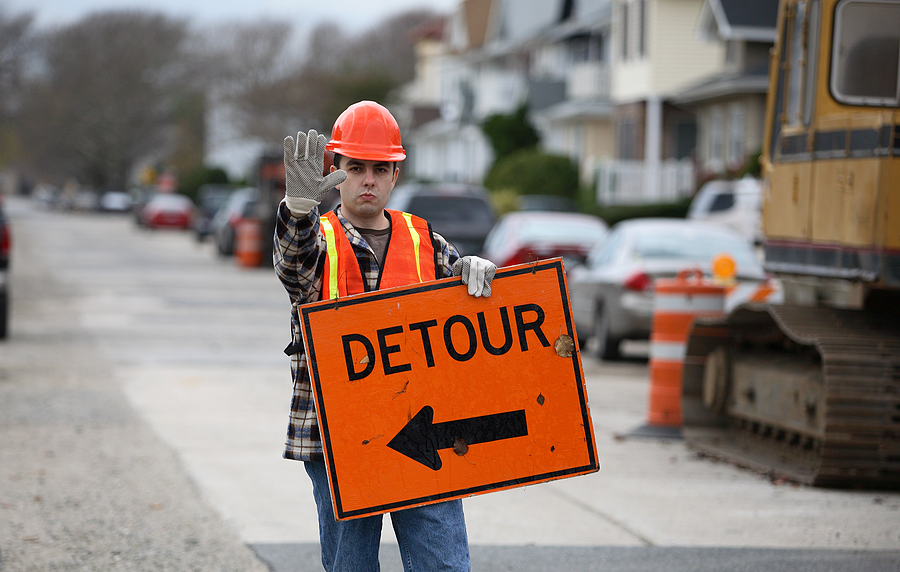America’s vast network of more than 4 million miles of public roadways connects cities, goods and people. Maintaining this essential infrastructure requires a patchwork of federal, state and local oversight — and an equally complex funding system. A large share of that funding comes from gas taxes, but as consumer behavior shifts, this model is becoming increasingly unsustainable. According to recent polling from the American Consumer Institute, consumers embrace shifting the tax toward those who cause the most damage.
The 2025 Infrastructure Report Card gave America’s roads a D plus, noting that deteriorating road conditions increased consumer costs by $725 per motorist in 2023. Three-fourths of highway spending comes from state and local governments, while the rest is covered federally. Gas taxes — collected at the federal and state levels — play a significant role. At the state and local level, fuel taxes cover about 26 percent of expenditures, while they make up more than 80 percent of the federal highway fund.
This system is showing its age. Because gas taxes are flat fees per gallon, their value erodes with inflation. Worse, they don’t account for modern vehicle trends. As more drivers switch to fuel-efficient hybrid or electric vehicles, gas tax revenues decline, even as road use and maintenance needs grow.
According to recent ACI polling, 40 percent of Americans say highway conditions have worsened, while only 15 percent believe they’ve improved. Consumers also tend to underestimate the amount they pay in gas taxes. On average, gas taxes make up a third of the cost to fill a tank, yet only 22 percent of respondents could correctly estimate that amount.
While gas taxes once resembled a user fee, the decline in revenues means states are increasingly drawing from their general fund to finance road maintenance and repairs. Only three states raise enough dedicated revenue to fund their transportation needs. This means that some non-drivers are forced to pay for services they don’t use, which is the opposite of the intended purpose of a user fee. Even consumers who drive could be paying more than their fair share.
Heavy trucks account for 40 percent of road wear and tear, yet only 10 percent of total miles driven. A fairer and more future-ready model charges based on road usage and impact. That’s where “vehicle miles traveled” fees come in. Unlike gas taxes, vehicle miles traveled fees can be tailored to reflect actual usage, damage caused, and even vehicle type, potentially closing the funding gap without overburdening typical consumers.
Gas taxes are often regressive, disproportionately affecting lower-income drivers. The American Consumer Institute highlighted this in 2021, noting that these taxes disproportionately burden people who can least afford them.
Early research suggests that a vehicle miles traveled tax will more efficiently raise funds due to the inability of some drivers to circumvent the tax and the increased fuel efficiency, which contributes to a decline in revenue.
Consumers agree. Notably, nearly 70 percent of ACI respondents said they support a mileage-based fee as an alternative funding model after learning about the disproportionate share of roadway damage from heavy vehicles.
A well-designed vehicle miles traveled program could phase out the outdated gas tax and offer a fairer, more sustainable solution to infrastructure funding, mainly if it focuses first on high-impact users such as commercial fleets. Modernizing how we pay for roads is long overdue. Consumers deserve a system that reflects today’s realities, not one stuck in the past.


